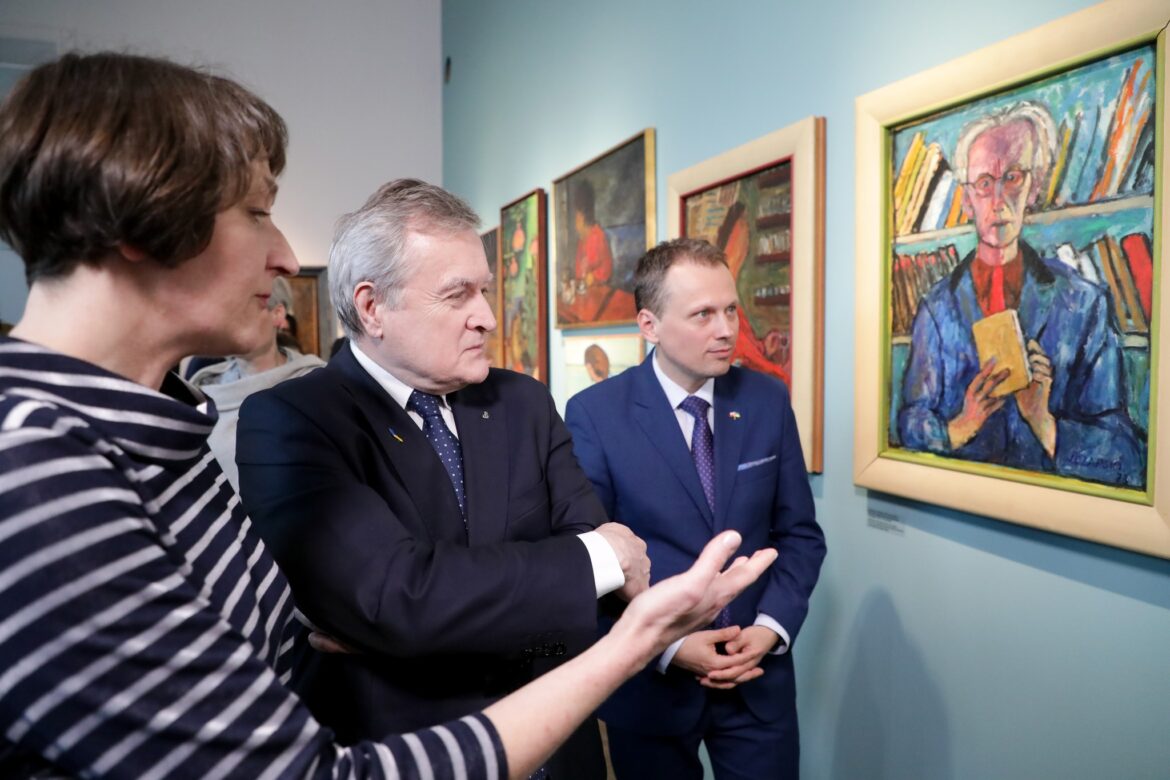Prof. Piotr Gliński, the Deputy Prime Minister, Minister of Culture and National Heritage, during the opening of the exhibition ‘Józef Czapski. Works from private collections” at the Kordegarda Gallery of the National Center for Culture said that artists with such an interesting and wonderful biography as Józef Czapski were extremely important to Polish culture. “Józef Czapski is an icon and an authority, but also a man of pen and a man of institutions who co-created a great and important institution, the Literary Institute in Maisons-Laffitte in France”, said Gliński.
Józef Czapski was a student of Prof. Józef Pankiewicz and a co-founder of the Kapist painting group. He was educated at the Academy of Fine Arts in Warsaw and then in Kraków.
Czapski for the last time personally exhibited his paintings in Poland in the summer of 1939 at the Art Propaganda Institute in Warsaw, at the exhibition “Still Life in Polish Painting”. After the outbreak of World War II, on September 1 he was mobilized as a reserve soldier, and on September 27 he was taken prisoner by the Soviet Army. His camp journey began: Starobielsk, Juchnów (Pawliszczew Bor), Griazowiec. He did not die in the Katyn forest from a shot to the back of the head. He was among the group of 395 prisoners who survived among over 22,000 imprisoned in Soviet camps. His sketches in war journals and portraits of his fellow prisoners have been preserved from those times.
As a soldier of the Anders Army, looking for missing prisoners, and then fighting the Katyn lie on the international forum, he was forbidden to return to Poland after the war. He remained in exile in France, co-creating the Parisian “Kultura” journal.
The exhibition “Józef Czapski. Works from private collections” includes 36 oil paintings, watercolours, drawings, sketches and graphics, created in the years 1922–to 1989. They are characteristic of the artist’s style, homogeneous and important in the perspective of his creative development.
Adrian Andrzejewski





